★1 Tower of London
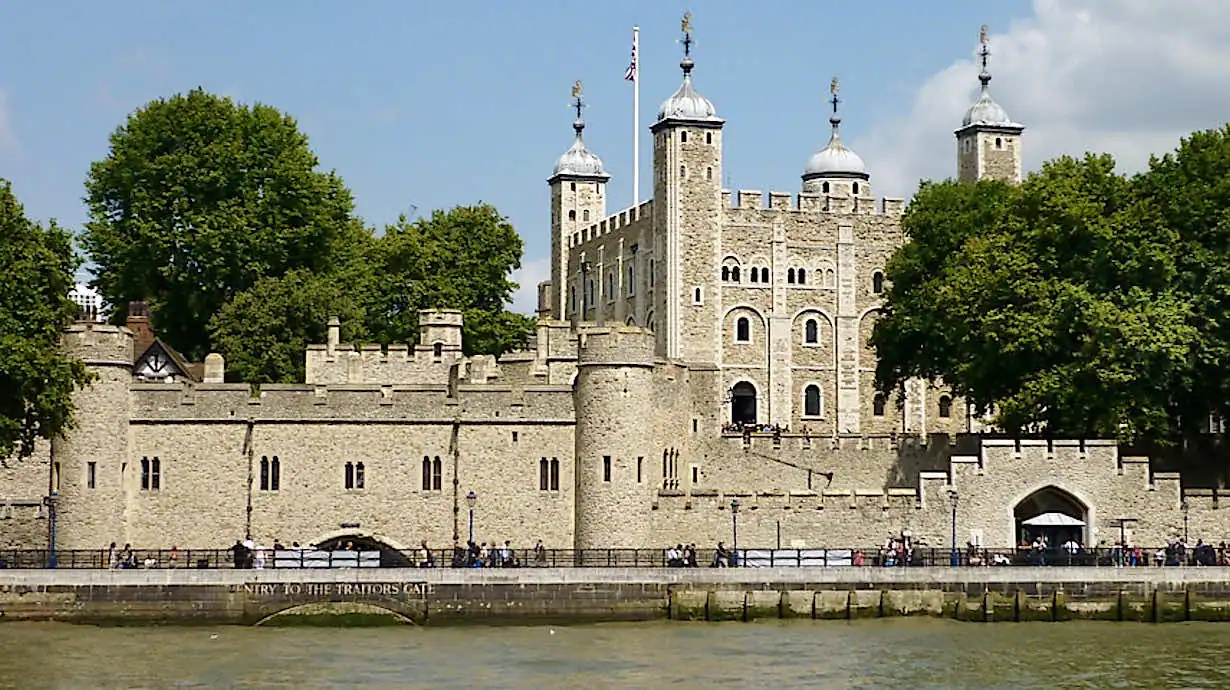 Photo: Craig Cross
Photo: Craig Cross- Opening times?
- 9 AM to 5.30 PM (Mon-Sun, Jun-mid Sep); 10 AM to 5.30 PM (Mon & Sun, mid Sep-Oct); 9 AM to 5.30 PM (Tue-Sat, mid Sep-Oct); Last entry 1 hour before closing
- Price?
- Adults £32.90; Children £16.40 (5-15); Infants free (under-5); Family ticket £90.40
- Time required?
- A typical visit takes 3-4 hours
The Tower of London is a World Heritage site and dates back to the reign of William the Conqueror.
He began work on the White Tower in 1078 against one corner of the old Roman wall, and the fortress was expanded by subsequent kings including Richard the Lionheart, Henry III and Edward I.
Over the centuries it has acted as a Royal palace, a prison and a mint, and played host to some of the most infamous events in British history. Henry VI was murdered here to end the War of the Roses, and Richard III is believed to have ordered the death of the Edward IV’s two little princes. Henry VIII famously sent Anne Boleyn to execution on Tower Green so he could marry Jane Seymour. Other famous prisoners included Thomas More, Guy Fawkes and Walter Raleigh.
★2 Royal burials in Westminster Abbey
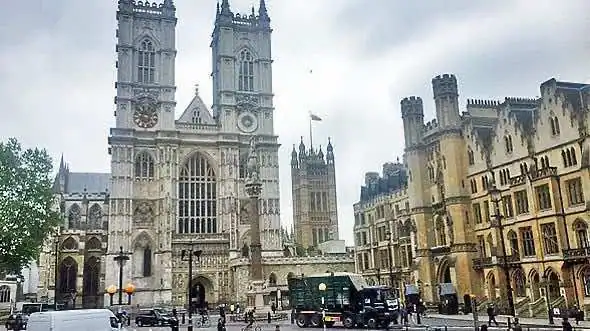 Photo: Craig Cross
Photo: Craig Cross- Opening times?
- 9.30 AM to 4.30 PM (Mon-Sat); Only open for services (Sun); Last entry 1 hour before closing
- Price?
- Adults £25.00; Children £11.00 (6-17); Infants free (under-6); Family ticket £25.00
- Time required?
- A typical visit takes 2 hours
Westminster Abbey is the second of London’s four World Heritage Sites, and the setting for the nation’s Royal coronations, burials and weddings.
The most important Royal burial is that of Edward the Confessor – the only English king ever to be made a saint. Other famous monarchs to be entombed here include Henry III, Edward I, Edward III, Richard II (Peasant’s Revolt), Henry V (Agincourt), Edward V (War of the Roses), Henry VII (the first Tudor), Mary I (Bloody Mary), Elizabeth I (Spanish Armada), James VI (Gunpowder Plot), Charles II (Restoration), William III (Glorious Revolution), Anne and George II.
It also contains the graves of many celebrated politicians, writers, scientists, musicians and artists, plus the moving Tomb of the Unknown Soldier.
★3 Westminster Hall at the Houses of Parliament
 Photo: Craig Cross
Photo: Craig Cross- Opening times?
- The public can usually attend debates from Mon-Fri, and take tours on Sat and Mon-Sun during Aug/Sep
- Time required?
- A typical visit takes 1½-2 hours
Westminster Hall is the largest surviving room of the original Palace of Westminster, which pre-dates the current Houses of Parliament by 800 years.
This vast room was used for State ceremonies and banquets, and served as the country’s highest court until the mid 19th-century. It witnessed the State trials of William Wallace, Charles I after the English Civil War, and the treason trial of Guy Fawkes after the unsuccessful Gunpowder Plot.
If you want to have a look inside then book a ticket for one of the Saturday tours of Parliament. If you want to look inside for free then queue up to watch the MPs inside the House of Commons.
★4 Roman wall and Roman amphitheatre
 Photo: Craig Cross
Photo: Craig CrossLondon rose to prominence after the Roman occupation in 54 BC. Over the next four centuries the Romans turned it into an important trading city with a basilica and a forum, but unfortunately all traces of these big buildings have long since disappeared. All you can see above ground nowadays are parts of the original wall that once surrounded the city.
The largest parts of the wall are outside Cooper’s Row and Tower Hill station (both near the Tower of London) and down Noble Street (by the Museum of London).
The most exciting remains can be found underneath the Guildhall Art Gallery. This is where you’ll find what’s left of the Roman amphitheatre.
★5 Hampton Court Palace
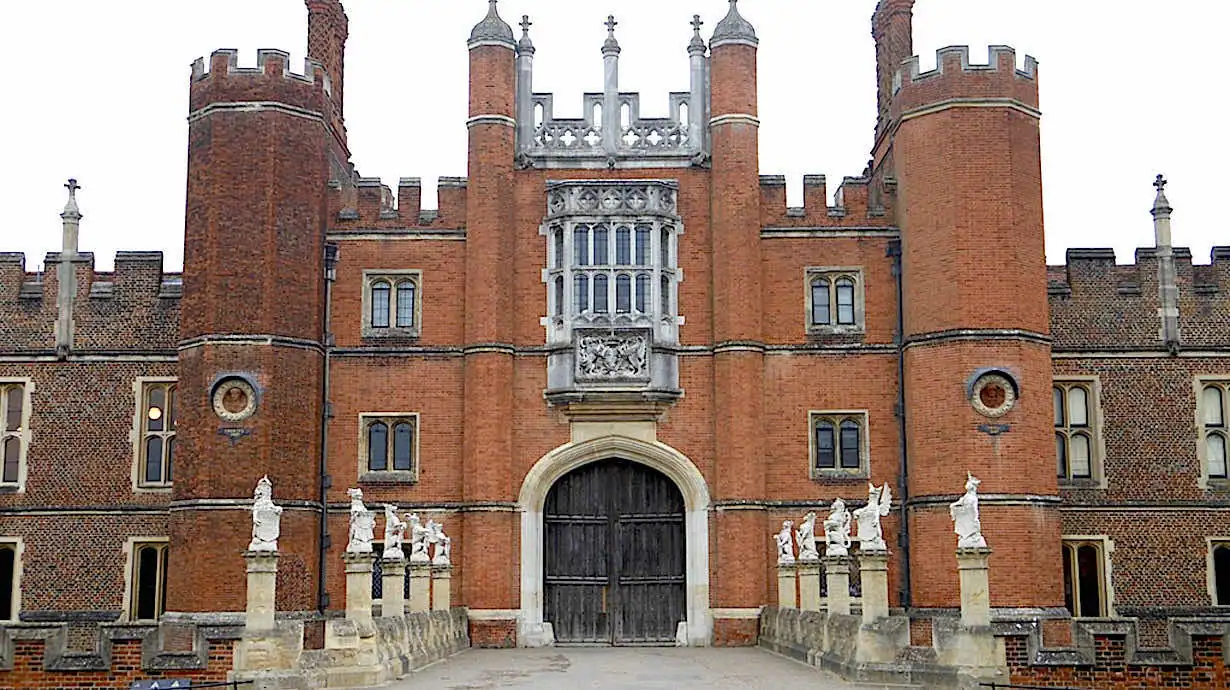 Photo: Craig Cross
Photo: Craig Cross- Opening times?
- 10 AM to 5.30 PM (Wed-Sun, Jun-late Jul & Sep); 10 AM to 5.30 PM (Mon-Sun, late Jul-Aug); Last entry 1 hour before closing
- Price?
- Adults £28.80; Children £14.30 (5-15); Infants free (under-5); Family ticket £78.90
- Time required?
- A typical visit takes 4-5 hours (including travel time to/from London)
Henry VIII was spoilt for choice when it came to palaces in London. He actually had five of them – Whitehall Palace, Greenwich Palace, Richmond Palace, St. James’s Palace and Hampton Court.
The first three no longer exist and the public aren’t allowed inside St. James’s, but you can still visit Hampton Court’s original State Rooms including the Great Hall and Chapel Royal, plus the huge Tudor kitchens where they cooked his meals.
★6 Banqueting House
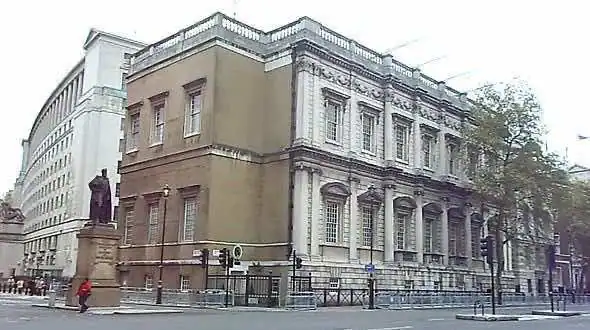 Photo: Craig Cross
Photo: Craig Cross- Opening times?
- The building is currently closed and not open to visitors
- Price?
- Adults £7.50; Children free (under-16)
- Time required?
- A typical visit takes 1 hour
Banqueting House is the largest surviving part of Whitehall Palace which burnt down to the ground in a disastrous fire in 1698. Extra effort was made to save the building because of the famous painting on the ceiling by Peter Paul Rubens.
The painting was originally commissioned by Charles I in the 1630s to glorify the reign of his dad and the Stuart kings, but it ironically turned out to be the last thing he ever saw before his execution outside.
Following his defeat in the English Civil War Charles I was tried in Westminster Hall and sentenced to death as a traitor. He was then beheaded on a scaffold directly outside Banqueting House. If you look over the road to the clock above Horse Guards then you can see a little black smudge behind the number two – tradition says that it was placed there to mark the exact moment the axe fell.
★7 Monument to the Great Fire of London
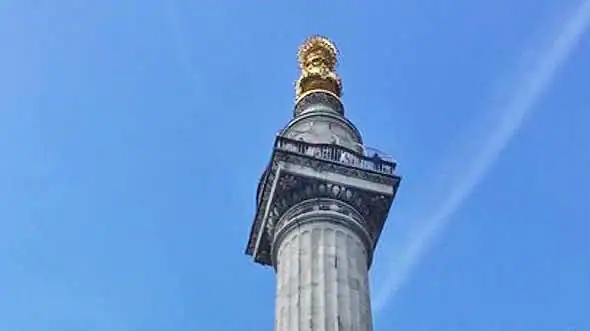 Photo: Craig Cross
Photo: Craig Cross- Opening times?
- During school holidays: 9.30 AM to 1 PM, and 2 PM to 6 PM (Mon-Sun) · During term-time: 9.30 AM to 1 PM, and 2 PM to 6 PM (Sat-Sun only); Last entry 12.30 PM and 5.30 PM
- Price?
- Adults £5.80; Children £2.90 (5-15); Infants free (under-5)
- Time required?
- A typical visit takes 45 mins
The Monument marks the spot where the Great Fire of London broke out in 1666. If you laid it down then the golden urn would fall on the spot of the baker’s shop in Pudding Lane where the fire began.
When Thomas Farriner went to bed on the 2nd September little did he know that three days later his burnt bread would have been responsible for the destruction of 13,200 houses, 87 churches and the medieval St Paul’s. They originally tried to pin the blame on the Catholics and The Monument had a plaque on the side to explain exactly that, but it is now believed to have been a simple accident: the fault of a careless baker who didn’t douse out the embers in his oven.
★8 Temple Church
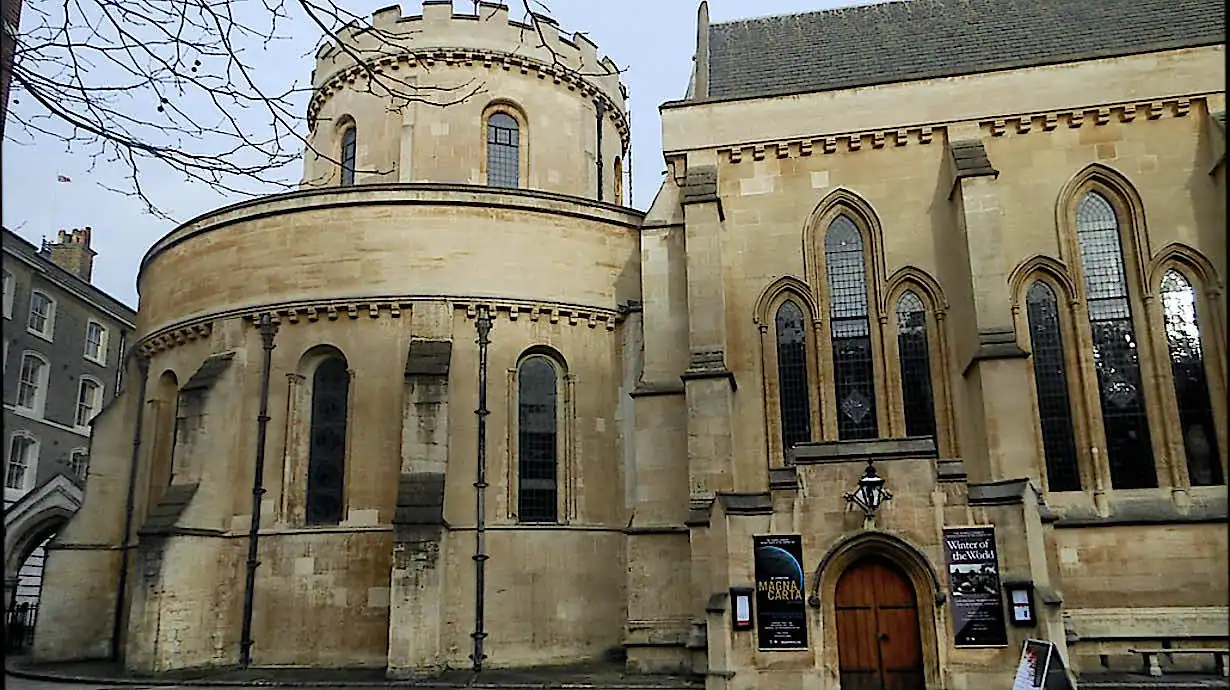 Photo: Craig Cross
Photo: Craig Cross- Opening times?
- 10 AM to 4 PM (Mon-Fri)
- Price?
- Adults £5.00
- Time required?
- A typical visit takes 45-60 mins
Temple Church has been burnt down, bombed and heavily modified many times over the centuries, but a large part of it dates all the way back to the Knights Templar. These military monks made their name (and their money) during the Crusades and built the round part to honour the Church of the Holy Sepulchre in Jerusalem.
Most tourists visit the church to see the stone effigies of the medieval knights on the floor. The most famous one is Geoffrey de Mandeville from 1144, who was a leading noble during the war between Stephen and Matilda.
★9 Cleopatra’s Needle
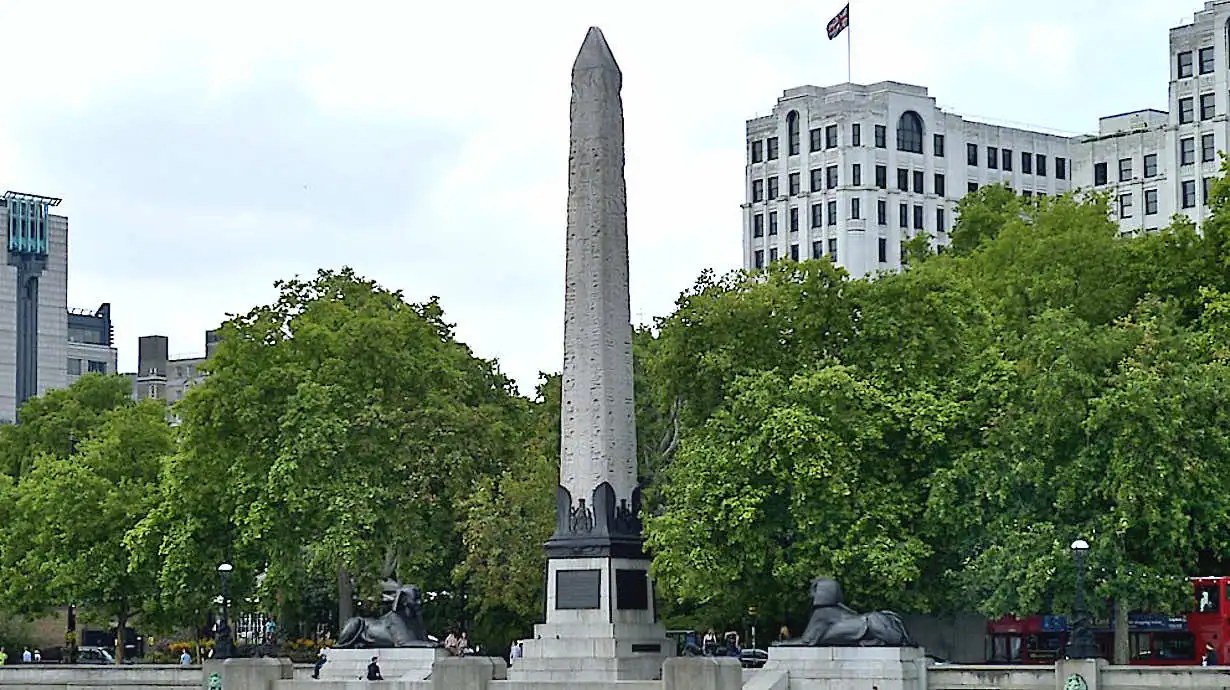 Photo: Craig Cross
Photo: Craig Cross- Time required?
- A typical visit takes 5 mins
Cleopatra’s Needle is incredibly old – it’s even older than London itself! It was originally erected in the Egyptian city of Heliopolis for Pharaoh Thutmose III, before being moved to Cleopatra’s Caesararium in Alexandria. That’s where it got its name from. The Egyptians then gifted it to the British after Nelson helped beat back the French at the Battle of the Nile.
The Victorians then placed it on the Embankment, guarded by a couple of big bronze sphinxes. If you look today then you can see some pockmarks all over the concrete, courtesy of a German air-raid. Interestingly it wasn’t an air-raid from the World War II that caused them, but from World War I twenty years before.
★10 London Stone
 Photo: Craig Cross
Photo: Craig Cross- Time required?
- A typical visit takes 2 mins
London Stone is the most mysterious monument in the city. Nobody knows when it dates from, or even what it was used for. It’s possible that it started out as a road marker in the Roman city of Londinium, and possibly marked the centre of the city. People later congregated there to strike deals and make announcements, and this is how it gained its fame.
It’s been shifted about so many times that nobody knows its original position. It used to be inside St. Swithin’s church until that was bombed in the Blitz, and it’s now inside a stone vault opposite Cannon Street station.
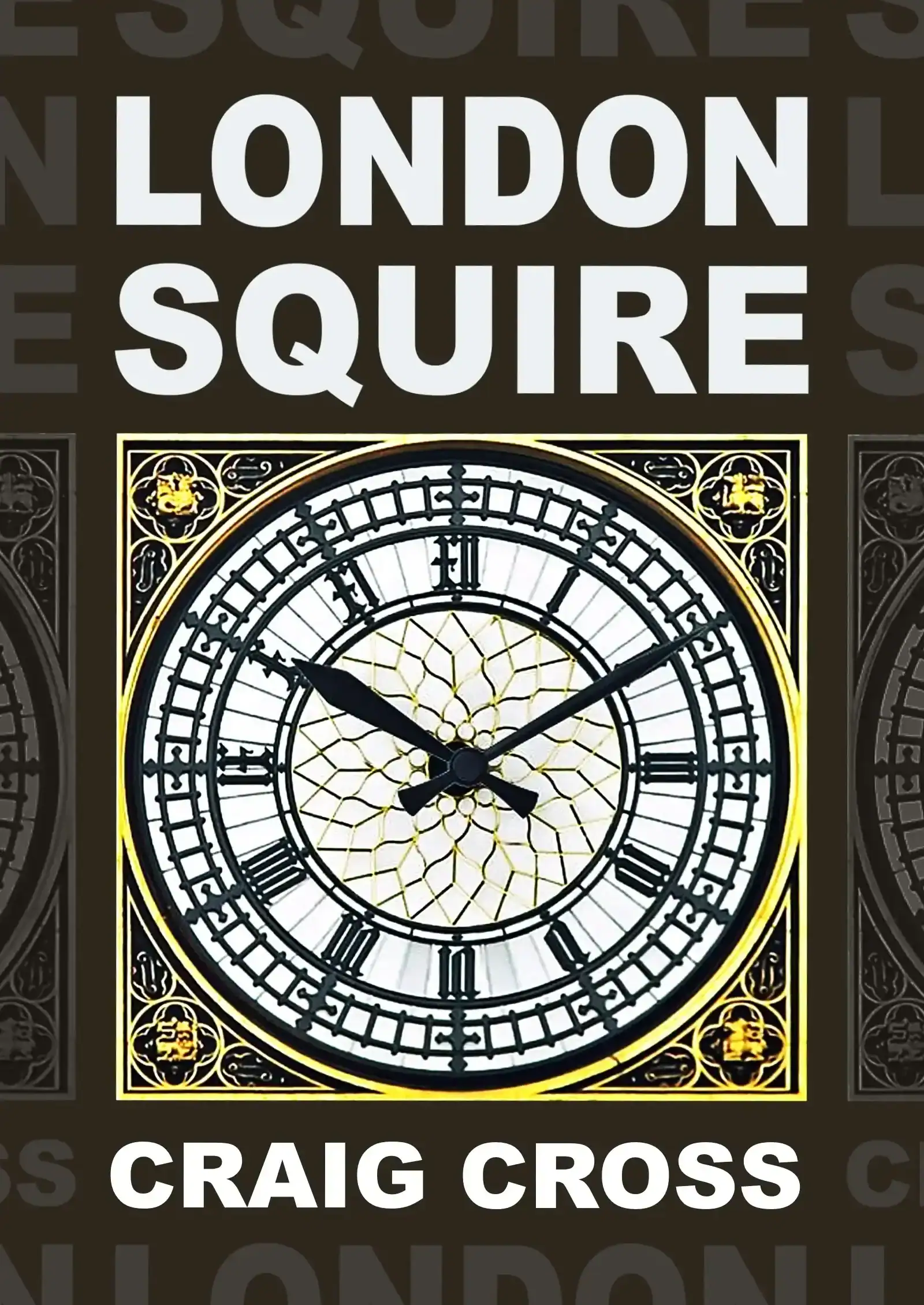 The author Craig Cross owns city-guide.london and has spent the last decade reviewing the capital’s landmarks, attractions and hotels. His guidebook London Squire is available from Amazon
The author Craig Cross owns city-guide.london and has spent the last decade reviewing the capital’s landmarks, attractions and hotels. His guidebook London Squire is available from Amazon
Your comments and questions
Be the first to talk about this Top 10 list